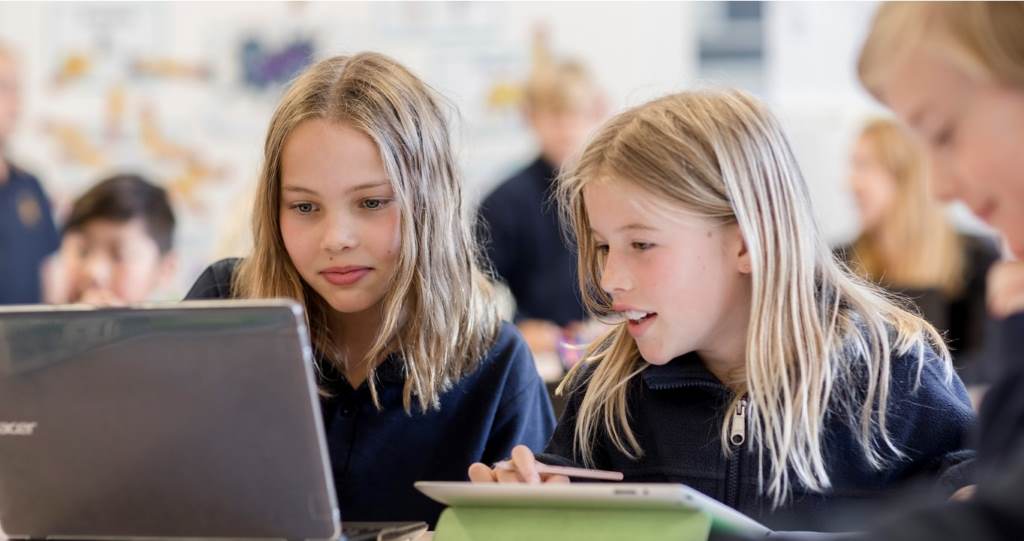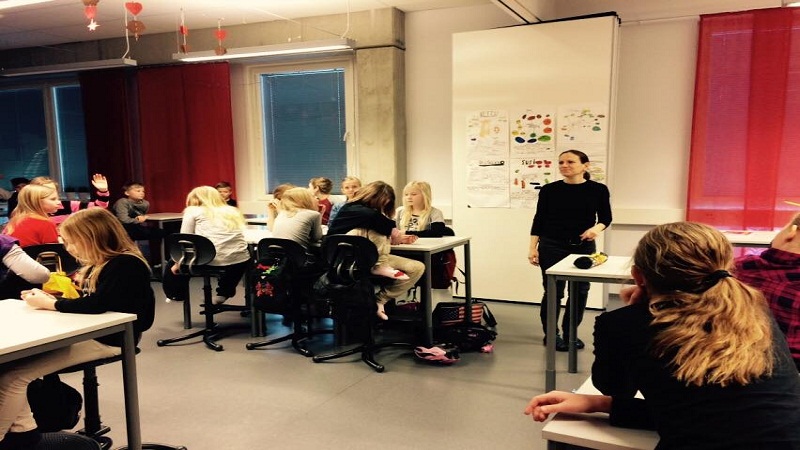The world our children inhabit is saturated with technology. From smartphones to tablets, interactive toys to educational apps, digital tools are interwoven into the fabric of daily life. As a result, the integration of technology into early childhood classrooms has become a topic of both excitement and debate. While the potential benefits are numerous, educators and parents must carefully consider how to harness technology’s power without sacrificing the essential elements of early learning.
The Promise of Technology in Early Childhood Education
- Engaging Learning Experiences: Educational apps and games can captivate young learners, making learning fun and interactive. Concepts like letters, numbers, and colors can be reinforced through games that appeal to children’s natural curiosity.
- Personalized Learning: Technology allows educators to tailor lessons to individual needs and learning styles. Children can progress at their own pace, revisiting concepts as needed, which can be especially beneficial for children with diverse abilities.
- Expanding Horizons: Digital tools can open a window to the world beyond the classroom. Virtual field trips, online storybooks, and educational videos introduce children to cultures, environments, and ideas they might not otherwise encounter.
- Developing 21st Century Skills: Early exposure to technology can foster skills crucial for future success. Children learn to navigate digital interfaces, solve problems, and collaborate online, preparing them for a tech-driven world.
- Parent-Teacher Communication: Digital platforms facilitate communication between educators and families. Apps can share daily reports, photos, and updates, keeping parents involved in their child’s learning journey.
Navigating the Challenges: A Thoughtful Approach
- Screen Time Concerns: Excessive screen time can have negative impacts on young children’s development. Educators must strike a balance, ensuring that technology complements, rather than replaces, hands-on activities, outdoor play, and social interaction.
- Quality Over Quantity: Not all educational apps and games are created equal. Educators should carefully select high-quality, age-appropriate resources that align with learning objectives and avoid those with excessive advertising or distracting features.
- Equity and Access: Not all families have equal access to technology at home. Educators should be mindful of this disparity and ensure that technology use in the classroom doesn’t inadvertently disadvantage some children.
- The Role of the Teacher: Technology is a tool, not a substitute for a skilled educator. Teachers must guide children’s learning experiences, provide context, and facilitate meaningful interactions, whether online or offline.
- Data Privacy and Security: Schools must have robust policies in place to protect children’s privacy and ensure the secure use of technology in the classroom.
Related: What Are the Five Components of Educational Technology?
Case Studies: Technology in Action

- Interactive Whiteboards: These versatile tools transform the traditional chalkboard into a dynamic learning surface. Children can interact with educational games, videos, and presentations, fostering engagement and collaboration.
- Coding for Kids: Introducing coding concepts at a young age helps children develop problem-solving and logical thinking skills. Visual programming tools make coding accessible and fun for even the youngest learners.
- Digital Storytelling: Children can create their own stories using digital tools, combining text, images, and sound. This encourages creativity, literacy development, and digital fluency.
Looking Ahead: The Future of Technology in Early Childhood
As technology continues to evolve, so too will its role in early childhood classrooms. Augmented reality (AR) and virtual reality (VR) hold the potential to create immersive learning experiences, while artificial intelligence (AI) could offer personalized tutoring and support. To fully understand the scope of these innovations, it’s important to consider the impact on early childhood education what grades encompass. Embracing these technologies thoughtfully, while prioritizing the well-being and holistic development of the child, will be crucial. For more details on the educational levels involved, you can explore at: https://dldxedu.com/early-education/what-grades-are-early-childhood-education/.
In Conclusion
Technology is a powerful tool that, when used wisely, can enrich early childhood education. By focusing on quality resources, balancing screen time with other activities, and prioritizing the guidance of skilled educators, we can create digital playgrounds that nurture curiosity, creativity, and a lifelong love of learning.








